Cherry Tree Care, Planting, Types And Benefits
That attracts pollinators while yielding delicious fruit to care for these magnificent trees along with knowing the various types available can transform your garden into a vibrant haven and being greeted by the enchanting sight of blooming cherry blossoms every spring.
In this post we will explore essential Cherry Tree Care, the best planting techniques and the numerous benefits these trees bring to your landscape. By the end you will be equipped with the knowledge to cultivate your own cherry tree successfully.
What Is a Cherry Tree?
A cherry tree belonging to the genus Prunus is more than just a picturesque addition to gardens. It embodies a rich tapestry of cultural significance and ecological importance. With over 400 species ranging from ornamental to fruit bearing varieties cherry trees showcase stunning blossoms in spring often transforming landscapes into ethereal wonderlands.
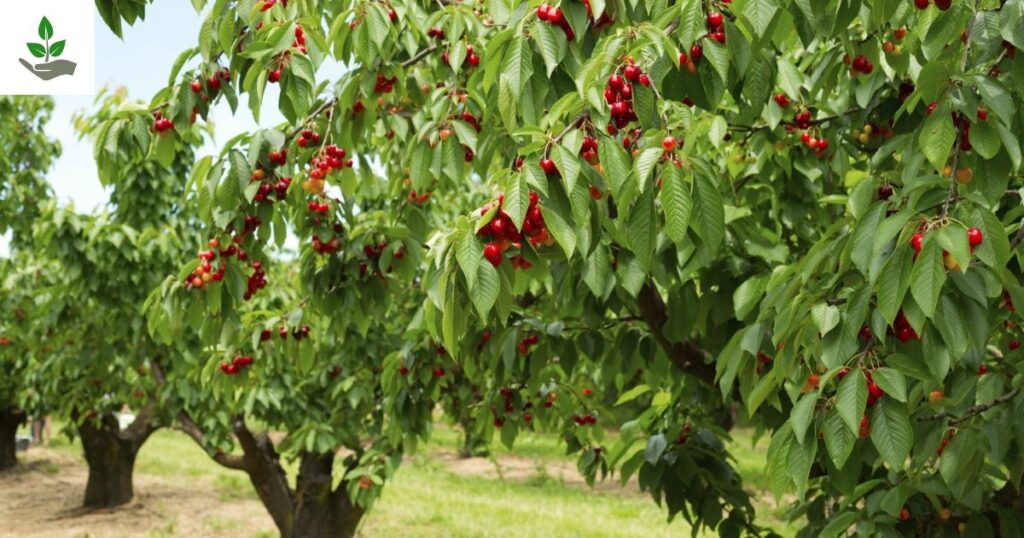
These delicate pink and white flowers not only attract pollinators like bees but also signify the arrival of warmer months symbolizing renewal and hope in many cultures. Cherry trees serve as a reminder of nature beauty and resilience inviting us to pause and appreciate the fleeting moments of springtime splendor.
Cherry Tree History
In the United States cherry trees gained prominence through a unique diplomatic gift in 1912 when Japan presented thousands of cherry blossom trees to Washington D.C This gesture was aimed at strengthening the bond between the two nations today the National Cherry Blossom Festival celebrates this historical connection drawing millions of visitors who come to marvel at the stunning display of pink and white flowers.
The cultivation of cherry trees has also spurred discussions about environmental sustainability as urban growth and climate change pose challenges to their survival. The history of cherry trees thus not only enriches our appreciation of their beauty but also highlights the ongoing relationship between nature and human culture in a rapidly changing world.
Cherry Tree Overview
| Scientific Name | Prunus avium, Prunus cerasus |
| Family | Rose family |
| Native To | Europe, Asia, North America |
| Height | 15–30 feet |
| Soil Requirements | fertile loamy soil |
| Sunlight Needs | 6+ hours per day |
| Lifespan | 15–30 years |
| Fruit Colors | Red, dark red, black, yellow |
| Cultural Importance | Cherry Blossom Festivals |
| Uses | Fresh eating, baking, preserves |
What Are Cherry Tree Types?
- Sweet Cherry
- Sour Cherry
- Japanese Flowering Cherry
- Weeping Cherry
- Sargent Cherry
Sweet Cherry
Their health benefits sweet cherries have a fascinating agricultural journey in temperate climates and are often harvested during the warm summer months making them a seasonal highlight at farmers markets and grocery stores alike. The process of growing sweet cherries is meticulous from pruning to pest control every step is crucial in ensuring the fruit quality and flavor.
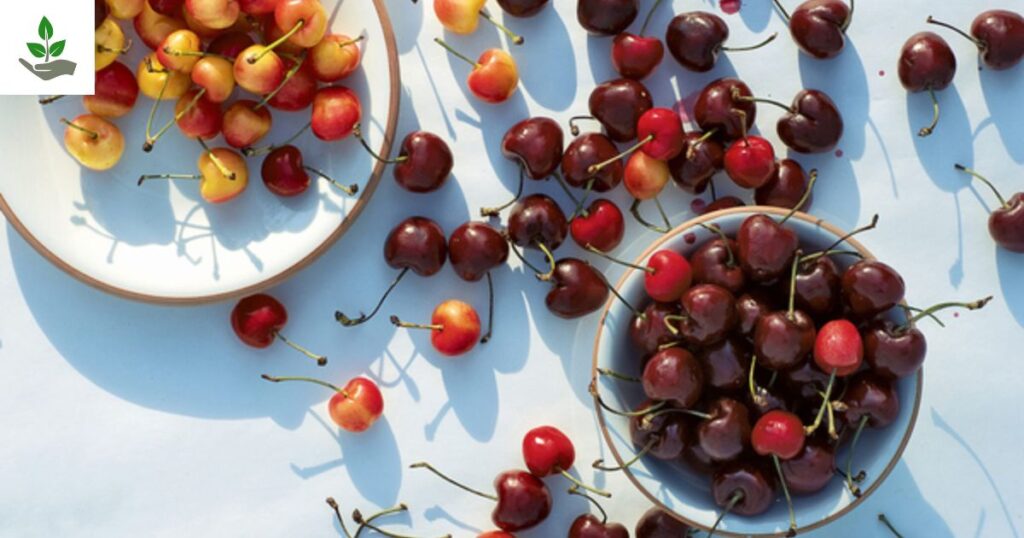
Rainier each boasting unique taste profiles and textures that can elevate culinary creations from fresh salads to decadent desserts.Their low glycemic index makes them a smart choice for those monitoring blood sugar levels, offering sweetness without the spike.
Sour Cherry
Sour cherries often overshadowed by their sweeter counterparts are a hidden gem in the world of fruit. Their vibrant red hue is not just visually appealing it signals a wealth of nutritional benefits. Packed with antioxidants, sour cherries are particularly rich in anthocyanins which can help combat inflammation and support heart health.
This makes them a fantastic addition to a balanced diet especially for those seeking natural ways to enhance their well being. sour cherries can be transformed into jams or incorporated into salads providing a delightful contrast to creamy or rich ingredients.
Japanese Flowering Cherry
Sakura transcends mere botanical beauty and embodies a rich cultural heritage and seasonal celebration in Japan. Each spring the delicate blossoms captivate millions drawing locals and tourists alike to parks and gardens for hanami.
The traditional practice of flower viewing this ephemeral spectacle not only marks the arrival of warmer days but also serves as a poignant reminder of the transient nature of life, a core theme in Japanese philosophy.
Weeping Cherry
The Weeping Cherry plays a significant ecological role. Its blossoms attract pollinators like bees and butterflies fostering biodiversity in urban and suburban environments. Moreover the tree’s graceful silhouette can provide essential shade making it a valuable addition to gardens seeking both beauty and functionality.
homeowners increasingly prioritize sustainability planting a Weeping Cherry not only enhances outdoor spaces but also contributes to a healthier ecosystem embracing this enchanting tree can transform any garden into a serene retreat, inviting contemplation and connection with nature.
Sargent Cherry
Sargent Cherry for its striking foliage and vibrant fruit is more than just an ornamental tree. It is a testament to the beauty of biodiversity in urban landscapes. This deciduous tree thrives in a variety of soil types and can withstand different weather conditions making it an ideal choice for city planners and homeowners alike.
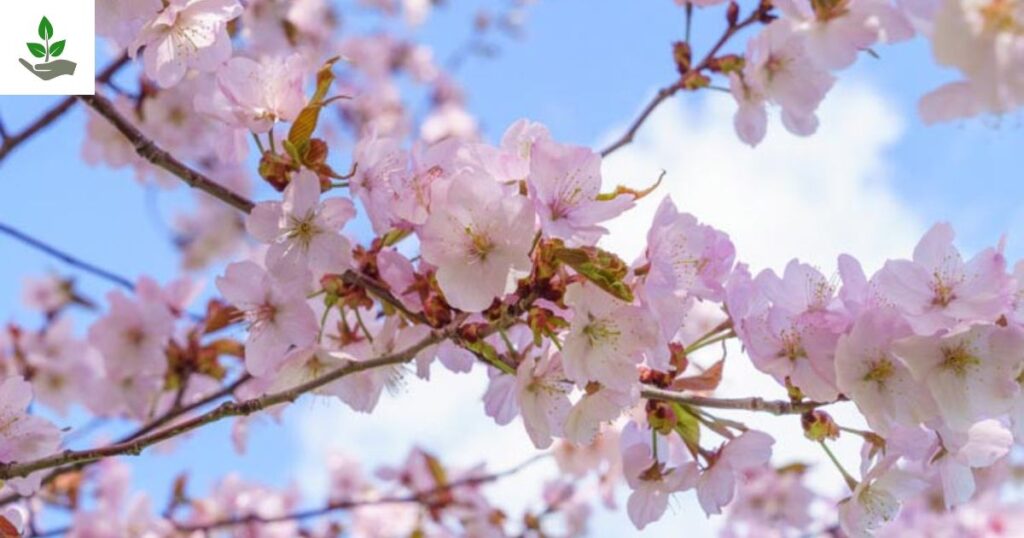
The stunning display of pink blossoms in early spring heralds the arrival of warmer months drawing not only human admirers but also pollinators that are vital for maintaining ecological balance.
Cherry Tree Guide About
Cherry trees renowned for their stunning blossoms and delectable fruit, hold a special place in gardens and orchards around the world. The two primary types of ornamental and fruit bearing can enhance your appreciation and care for these beautiful trees. Ornamental cherry trees such as the Yoshino and Kwanzan are celebrated for their breathtaking spring displays attracting pollinators and providing a picturesque backdrop to any landscape.
In contrast fruit bearing varieties like Bing and Rainier not only offer delightful cherries but also enrich your culinary experiences from fresh eating to preserves. These trees thrive in well drained soil with ample sunlight, making site selection crucial for successful growth. Regular pruning is essential not only for maintaining shape but also for promoting airflow and reducing the risk of disease.
Cherry Tree Seeds
Moreover cultivating cherry trees from seed requires patience and care as they typically undergo a process called stratification to break dormancy. This means that gardeners need to mimic winter conditions by chilling the seeds before planting them in spring. The reward however is well worth the effort. nurturing these seeds into full grown trees can lead to a deeper appreciation for nature cycles.
Growing cherry trees from seeds allows gardeners to explore heirloom varieties which may yield unique flavors and characteristics that are often lost in commercial cultivars. In a world increasingly focused on sustainability and local food sources cherry tree seeds represent a small yet impactful step toward enriching our ecosystems.
Cherry Tree Planting And Growing
When planting cherry trees, selecting the right variety is crucial for a successful harvest. Sweet cherries thrive in warmer climates while sour cherries can tolerate cooler temperatures making them ideal for northern regions. Consider your local climate soil type and available space before choosing between compact varieties or larger ornamental trees.
Planting multiple varieties can enhance pollination leading to a more bountiful crop. also provide valuable insights and tips tailored to your specific region, turning your cherry tree planting into a rewarding experience.
Cherry Tree Care
Cherry trees are not only a stunning addition to any garden but also require specific care to thrive and produce abundant fruit. To ensure healthy growth it is vital to plant them in well drained soil with a pH level between 6.0 and 7.0. Regular watering is essential especially during dry spells but be cautious of overwatering as cherry trees are susceptible to root rot. Mulching around the base can help retain moisture and regulate soil temperature while also reducing competition from weeds.
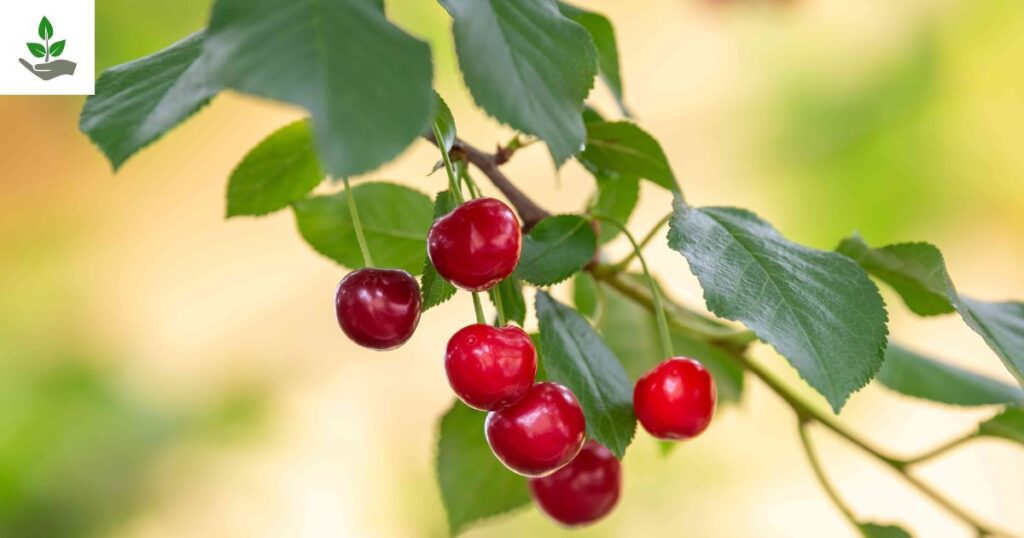
Pruning is another crucial aspect of cherry tree care enhancing air circulation and sunlight penetration which are key for fruit production. Late winter or early spring is the best time for pruning as this encourages vigorous growth and minimizes the risk of disease. These can deter pests and create a more biodiverse environment ultimately benefiting your cherry tree health and productivity.
What are Cherry Tree Benefits And Uses?
Nutritional Value: Nutritional value goes beyond mere calorie counting. It encompasses the richness of vitamins, minerals and phytochemicals found in various foods. For instance vibrant fruits and vegetables are not only low in calories but also packed with antioxidants that combat oxidative stress supporting overall health.
Sleep Improvement: power of light exposure. Natural sunlight in the morning helps regulate your circadian rhythm signaling your body when to wake up and when to wind down.
Ornamental Value: Ornamental value transcends mere aesthetics serving as a reflection of cultural significance and individual expression. In gardens and homes alike, the selection of plants, sculptures and decorative elements can convey personal narratives or community heritage.
Culinary Uses: They often serve as a bridge between cultures offering a glimpse into traditions and histories. Ingredients like spices, herbs, and even sauces can transform a simple dish into a celebration of regional identity.
Woodworking: Each piece of wood tells a story, its unique grains and knots offering endless possibilities for transformation. The tactile experience of shaping and sanding wood can be meditative, allowing artisans to connect with their materials on a profound level.
Traditional Medicine: Traditional medicine often rooted in centuries of cultural practices offers a profound understanding of health that transcends mere symptom treatment. It embodies a holistic approach emphasizing the balance between mind, body and spirit.
Cherry Tree Tip And Fun Fact?
Choose the Right Variety: whether for a garden or indoor space can significantly influence your gardening success and overall enjoyment.
Sunlight is Key: Sunlight is a vital component of life on Earth influencing everything from plant growth to human health.
Prune Annually: This process encourages the plant to focus its energy on new growth resulting in more vibrant blooms and lush foliage.
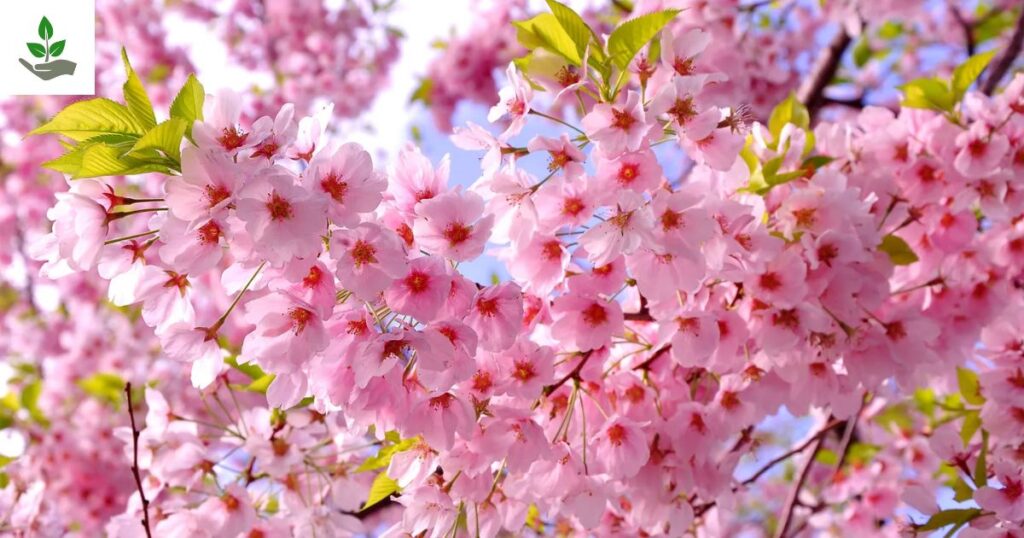
Blossoms Before Leaves: This timing often observed in species like magnolias and cherry trees serves a dual purpose. it maximizes pollination opportunities while minimizing competition for sunlight.
Symbol of Renewal: This natural phenomenon invites us to reflect on our own lives, prompting us to shed old habits and embrace new beginnings.
Fast Growers: This environment encourages employees to take risks and experiment leading to groundbreaking ideas that propel the organization forward.
I prefer you to Check our other post: Emma Chamberlain Net Worth, The Rise of a Digital Icon
Conclusion
Cherry tree care is essential for promoting healthy growth and maximizing fruit production. From selecting the right planting site to understanding seasonal pruning techniques each step plays a crucial role in the tree development. Monitoring environmental conditions and being proactive against potential threats can greatly enhance your tree resilience.
That regular feeding and watering are vital components of maintaining a robust cherry tree. Begin your journey toward successful cherry tree cultivation today by applying these care strategies in your gardening routine
FAQs
What is the best time to prune cherry trees?
The best time to prune cherry trees is during late winter or early spring just before new growth begins. This timing helps minimize the risk of disease and encourages healthy growth.
How often should I water my cherry tree?
Cherry trees typically need deep watering once a week during dry spells. However, young trees may require more frequent watering until they establish strong roots.
What are common pests that affect cherry trees?
Common pests include aphids, spider mites, and cherry fruit flies. Regular monitoring and using organic insecticides can help manage these pests effectively.
How can I tell if my cherry tree is healthy?
A healthy cherry tree will have vibrant green leaves, sturdy branches, and a robust trunk. Signs of distress include wilting leaves, unusual discoloration, or visible pests.
Thanks For Reading…







